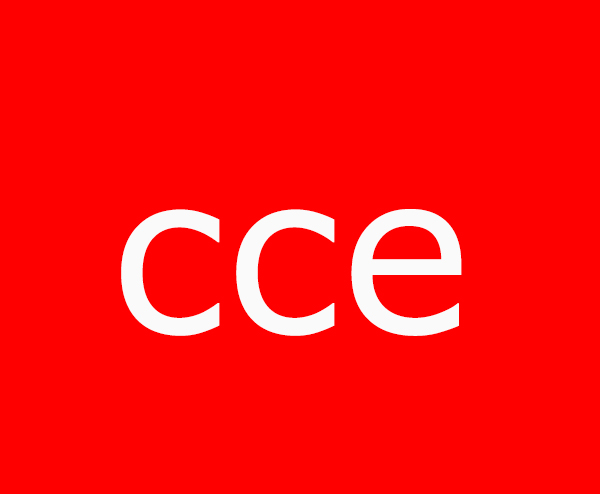ASML, the Dutch semiconductor equipment giant, has stunned investors with a warning that its growth prospects for 2026 may be at risk.
Despite reporting strong second-quarter earnings, the company’s leadership has cited rising geopolitical tensions and looming tariff risks—particularly from the U.S.—as key reasons for its caution.
The news sent ASML’s stock down over 6%, raising fresh concerns about the stability of global chip supply chains.
Strong Results Overshadowed by Uncertain Future
ASML’s Q2 2025 performance was robust. Revenue rose by 23% to €7.7 billion, with net profit up 45% year-over-year.
Orders for the quarter totaled €5.54 billion, exceeding analyst expectations and demonstrating continued demand for advanced chipmaking equipment.
However, CEO Christophe Fouquet issued a sobering update during the earnings call: ASML cannot confirm whether it will grow in 2026.
This warning came despite the company’s leading position in extreme ultraviolet (EUV) lithography and strong momentum from AI-related demand.
Tariff Uncertainty Dampens Confidence
At the center of ASML’s concerns is the escalating uncertainty around international trade policy—especially U.S. proposals for new tariffs on European technology imports.
These tariffs could impact a wide range of components, spare parts, and machines that ASML exports to American clients.
CFO Roger Dassen acknowledged that even the risk of such tariffs is already affecting customer behavior.
Some U.S.-based chipmakers have reportedly begun delaying orders to avoid potential cost increases or regulatory complications.
This has prompted ASML to adopt a more cautious outlook, despite an otherwise healthy sales pipeline.
Market Reaction: From Optimism to Skepticism
The market responded swiftly to ASML’s warning. Shares fell more than 6% in Amsterdam, while U.S.-listed ASML ADRs saw an even steeper decline.
Analysts also moved quickly to revise their forecasts. Investment firm Jefferies cut its 2026 growth expectations for ASML from +7% to –2%, citing reduced visibility and increased downside risk.
This reaction underscores how sensitive the semiconductor sector remains to macroeconomic and policy signals.
Even for a company as dominant and technologically advanced as ASML, trade policy friction can derail forward-looking guidance.
Demand Drivers Remain, but Risks Mount
Despite the cautious tone on 2026, ASML’s medium- to long-term fundamentals remain solid. The company continues to benefit from rising demand in AI, high-performance computing, and advanced memory.
Shipments of High-NA EUV tools are underway, and China—despite export restrictions—still accounted for a significant share of recent sales.
However, the mix of export controls, customer hesitancy, and potential tariffs creates a complex environment.
Any delay in customer investment decisions, particularly in the U.S., could have ripple effects across ASML’s supply chain and financial performance.
Strategic Standoff: Innovation vs. Geopolitics
ASML’s current situation highlights a broader theme in global technology markets: the collision between innovation and international politics.
While the company is leading the world in lithography technology, it must now navigate an increasingly fragmented trade environment.
If U.S. tariffs are enacted, European technology firms like ASML could be forced to rethink pricing, supply routes, and customer relationships.
Conversely, clarity on trade policy or a reversal of proposed tariffs could rapidly restore confidence and reignite orders.
Outlook: Waiting for Policy Clarity
In the near term, ASML’s growth will depend heavily on how geopolitical events unfold. Investors will be watching for updates on:
-
Final decisions regarding U.S. tariffs on European semiconductor equipment
-
Shifts in order patterns from key customers like Intel and TSMC
-
China’s continued appetite for legacy equipment amid export restrictions
Until then, the company is likely to remain in a holding pattern—strong in technology but held back by forces beyond its control.
ASML’s warning about 2026 growth is not a reflection of weakness in its products or operations but rather a strategic response to rising global risk.
With world-class technology and strong customer relationships, the company is well-positioned to rebound—once trade clarity returns.
In the meantime, ASML’s experience serves as a case study in how even the most advanced tech firms must manage not only innovation cycles but also political ones.
Also Read
How Bank of America’s Traders Outshined Wall Street in a Volatile Quarter
Crypto Week in Congress: Can the Genius Act Deliver Clarity for Stablecoins?

